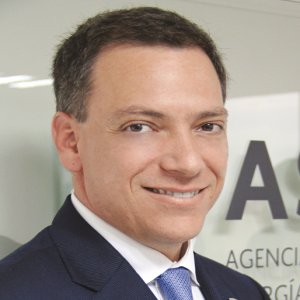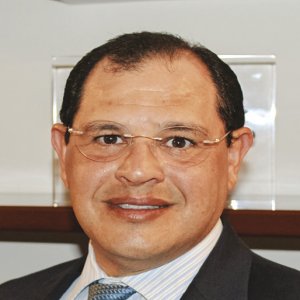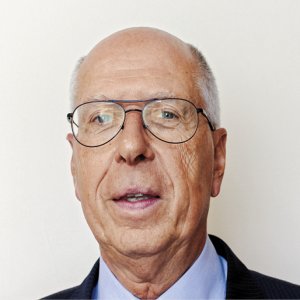Preparing Communities for Mine Closure

STORY INLINE POST
Q: What are the targets for Cerro San Pedro in 2017?
A: We closed the pit entirely in mid-2016 and since then we have been in a phase of residual leaching. It is hard to predict how long this process will last because it is heavily dependent both on the minerals recoveries and the gold price. We will continue for as long as it is economically feasible and we have set guidance at 35,000-43,000 gold ounces at Cerro San Pedro for 2017. Cerro San Pedro is an historical asset that was discovered in the year 1590 so quite simply the reserves have been exhausted. We have made significant efforts to continue exploiting the deposit as long as possible and in a sustainable manner but the asset is depleted. Across our producing assets around the world, our goal is 380,000-430,000 ounces throughout the year.
Q: What have been the main challenges in designing the mine closure plan?
A: It is paramount to execute a successful mine closure, one that leaves a positive and long-lasting legacy at our hosting community. The main obstacle is to ensure that in the long-run, our sound mining operation and community work prevails over a negative and ill-founded narrative originally crafted by the opponents of our project when it was approved for commercial operation in 2007. We must have a mine closure plan that not only meets best international practices but also caters to the future core needs of the local communities in San Luis Potosi. The real issue behind the original opposition to the project was that the site is extremely close to a colonial town and to the city of San Luis Potosi so there was strong resistance to building a new open-pit mine so close to urban areas.
The closure plan is vital for us to maintain the hard-earned good reputation that we have achieved through many years of a sustainable operation. The biophysical side is heavily regulated in Mexico, and supervised and audited by external qualified persons. We have completed the first stage, which is reforestation. Despite some unforeseen and unpreventable setbacks, we have successfully reforested a total of 393.3ha, which represents 100 percent of our commitment. We are now moving onto the second stage, which is to maintain the healthy survival of the newly planted trees. This is a long-term commitment that will last for several years.
Q: What strategies do you have in place to ensure that the Cerro San Pedro community can continue to thrive?
A: During the operation’s golden age, from 2010-2013, Minera San Xavier had an average of 900 workers, employees and contractors. With the closure of the pit, the team has been stripped down to around 140, so close to 70 percent of the workforce has already moved on. To approach this challenge in the right way and ensure that our workers are best equipped to move on from Minera San Xavier, we have set up a number of initiatives. Instead of deciding for ourselves what our staff would foresee as a feasible future. We conducted a comprehensive consultation with our employees enquiring in which areas they would most like to receive training. Where possible, we then provided the corresponding training courses. This included electricity and plumbing courses, training for the automotive sector that is strong in San Luis Potosi, hair stylist courses, mechanics and even training on handling television cameras with TV Azteca. We also helped dozens of our truck operators to get an official certification for their mining skills, to enable them to look for jobs on mining projects elsewhere. We have contacted peer mining companies to recommend our former workers.
Finally, we have also created and funded a formal foundation called Todos Por Cerro San Pedro, which is designed to operate on a standalone basis once Minera San Xavier has totally shut down. The idea is to prepare the locals to run the foundation themselves, both from an administrative and financial standpoint so that they can continue to develop the local economy and ongoing projects independently. We want to ensure that we leave a positive corporate footprint behind us.




















